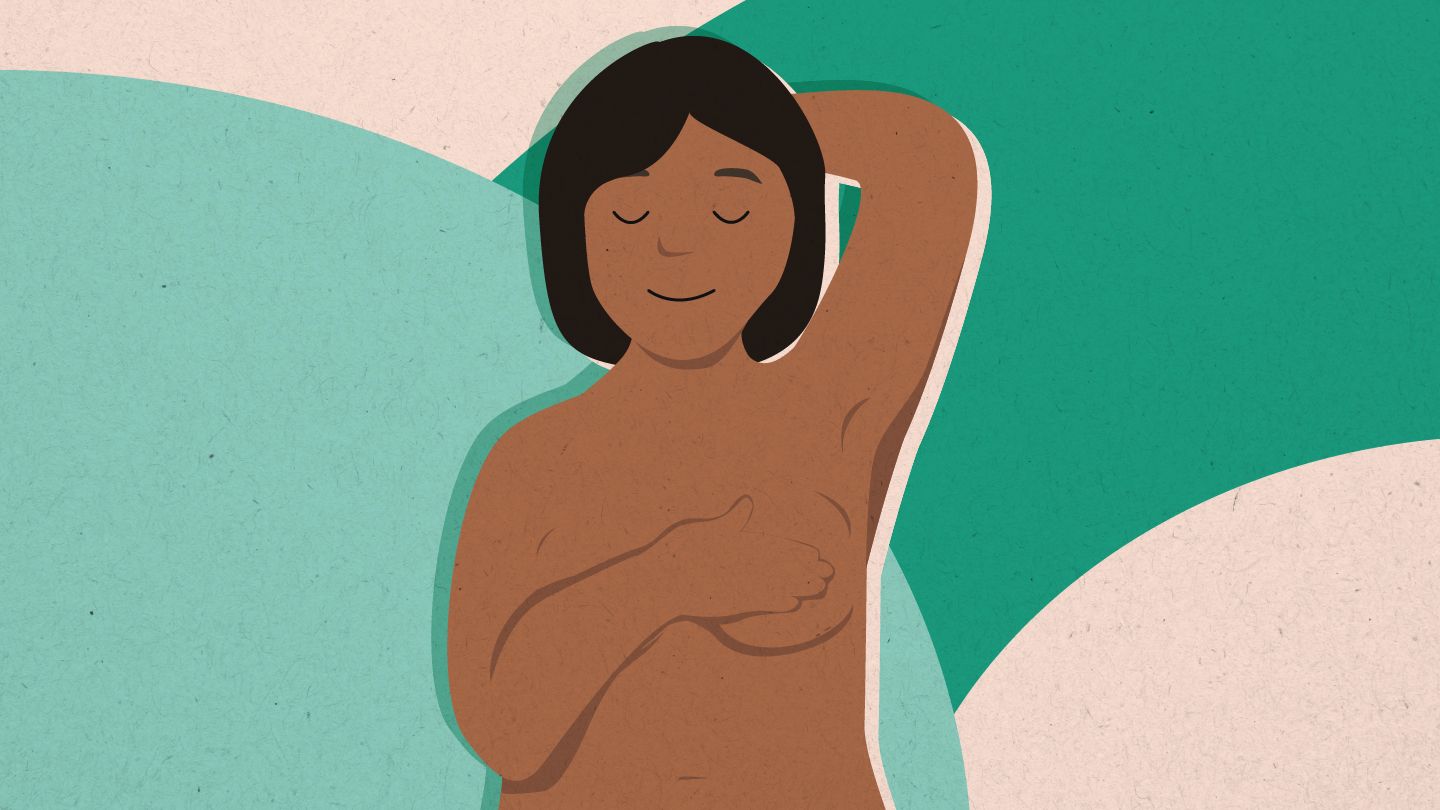Breast cancer is a medical condition in which the growth of the cells in the breast burgeons. The kind of breast cancer one is suffering from depends on the type of cells that have turned cancerous.
The breast has three main parts – ducts, lobules and connective tissue. While the lobules are the glands responsible for producing milk, the ducts are the tubes that carry milk to the nipple. The connective tissue, made up of fibrous and fatty tissues, surrounds and holds everything together.
Breast cancer is cancer that forms in the cells of the breasts. It can occur in both men, women, or any individual with breasts.
Types of breast cancer
There are primariy two types of breast cancer: Ductal Carcinoma where the cancerous cells begin to grow in the lining of the ducts and then spread into the other parts of the breast tissue, and Lobular Carcinoma where the cancerous cells begin to grow in the lobules and then spread into the other parts of the breast tissue.
If the breast cancer is ‘invasive,’ then the cancerous cells will spread to the nearby tissues and then more likely, to other parts of the body. On the other hand, if it is ‘non-invasive,’ the cancer is restricted to its place of origin but always has the potential of becoming ‘invasive.’
The stage of the breast cancer is determined according to the size of the tumour and whether it has further spread to lymph nodes and other parts of the body. At Stage 0, the cancerous cells are only restricted to the site of origin. At Stage 1, the tumour measures up to 2 cm across and would not have affected any lymph nodes.
Stage 2 is when the tumour is more than 2 cm across and has started to affect the nearby nodes, but has not spread to the lymph nodes. In Stage 3, the tumour is up to 5 cm across and has spread to several lymph nodes, or the tumour is larger than 5 cm and has spread to a few lymph nodes. Stage 4 marks the spread to distant organs, most often the bones, liver, brain, or lungs.
Although one can not prevent breast cancer, preventive measures can be followed to reduce the risk. Lifestyle changes like, limiting alcohol consumption, healthy diet, enough exercise and maintaining a moderate BMI are a few among others. In addition, if you are considering taking hormone replacement therapy after menopause, it would be best to talk to a doctor first

Symptoms and risk factors
A lot of factors contribute to increasing the risk of developing breast cancer including age (risk increases with age), lack of exercise, stress, erratic sleeping schedule, genetics (if a close blood relative has suffered from it in the past, it increases your risk), history of breast lumps, estrogen exposure, obesity, alcohol consumption, radiation exposure, hormone treatments, and the like.
Although one can not prevent breast cancer, preventive measures can be followed to reduce the risk. Lifestyle changes like, limiting alcohol consumption, healthy diet, enough exercise and maintaining a moderate BMI are a few among others. In addition, if you are considering taking hormone replacement therapy after menopause, it would be best to talk to a doctor first.
The most prominent symptom of breast cancer is a lump or extra mass in the breast. Even though most breast lumps are cancer free, if you do happen to notice one, it is best to consult a doctor. Change in the size, color or shape of the breast, peeling, flaking or scaling of the skin on breast ot the nipple, sunken or inverted nipple, discharge from the nipple which may include blood, are also symptoms of breast cancer.
Rash or pain in the breasts or nipples is often tied to the menstrual cycle, but if it doesn’t get better, then it is advised to consult a health professional.
Also read: Geetha Manjunath, The Scientist Who Built AI-Driven Breast Cancer Detection
Diagnosis, treatment
According to the World Cancer Report 2020, the most efficient intervention for breast cancer control is early detection and rapid treatment. The chances of the patient’s survival increase if it is diagnosed in time, as this is a treatable illness. Not only does early detection make the whole process of treatment more hopeful, but also cuts down the costs of treatment.
Different researches about breast cancer have highlighted that women are unable to access healthcare services because of various cultural and religious taboos. They are hesitant to consult male doctors, their complaints of ill-health aren’t taken seriously, and household duties make them overlook their health. Most women are dependent on other family members to take them to a hospital, hindering timely detection
For a woman in her 20s or 30s, the Clinical Breast Examination should be done by a doctor in about every three years and every year for women over 40. In addition, an ultrasound scan is advised to be done annually, especially if there is a family history of breast cancer. Frequent mammograms and self-observations should be done regularly to detect any difference in the breast’s appearance or presence of lumps.
The approach towards the most effective treatment for the respective patient depends upon factors like the stage of the cancer, sensitivity to hormones, age and preferences. The most common treatment options include radiation therapy, surgery, biological therapy or targeted drug therapy, hormone therapy and chemotherapy.
:max_bytes(150000):strip_icc()/understanding-breast-lumps-both-benign-and-cancerous-430415-5c2fda3b4cedfd0001ef3491.png)
In India, every four minutes a woman is diagnosed with breast cancer and every 13 minutes a woman succumbs to it. Despite being one of the most rampant cancers in Indian women, not enough women know about the risks, symptoms and preventions thereof. Furthermore, the leading cause in these high death rates is the delayed diagnosis. Today, about 1 in 28 women are expected to develop breast cancer in their lifetimes and this figure is only expected to grow in the future.
Different researches about breast cancer have highlighted that women are unable to access healthcare services because of various cultural and religious taboos. They are hesitant to consult male doctors, their complaints of ill-health aren’t taken seriously, and household duties make them overlook their health. Most women are dependent on other family members to take them to a hospital, hindering timely detection.
A condition like breast cancer takes a toll not only on the physical and mental health of the one suffering from it, but also the people close to them. While urban spaces have better facilities, these tend to get costlier over the course of the treatment. Making diagnosis and medical care accessible to all, and de-stigmatising frequent breast examinations is essential to ensure that we tackle breast cancer effectively.
Also read: World Breastfeeding Week: Why It Is Vital To Protect, Promote & Practice Breastfeeding
Featured Image: Everyday Health
About the author(s)
Taanya is currently pursuing her Master’s degree in English Literature from Jamia Millia Islamia, New Delhi. Feminist Studies and Postcolonial Studies pique her interest. She reads all genres but has a special liking for LGBTQ literature and women’s writings. Her other obsessions include street food and strong coffee




